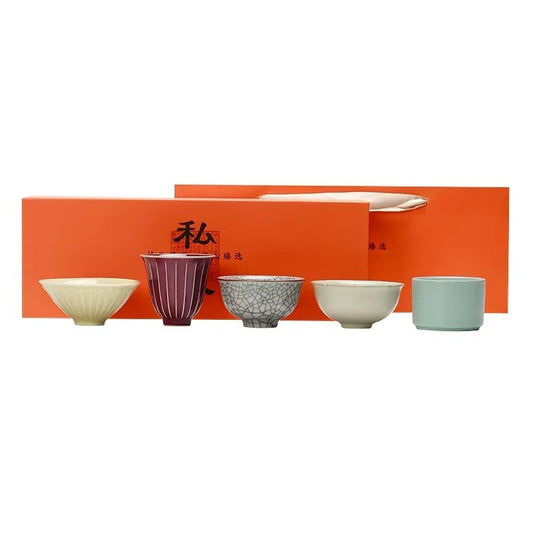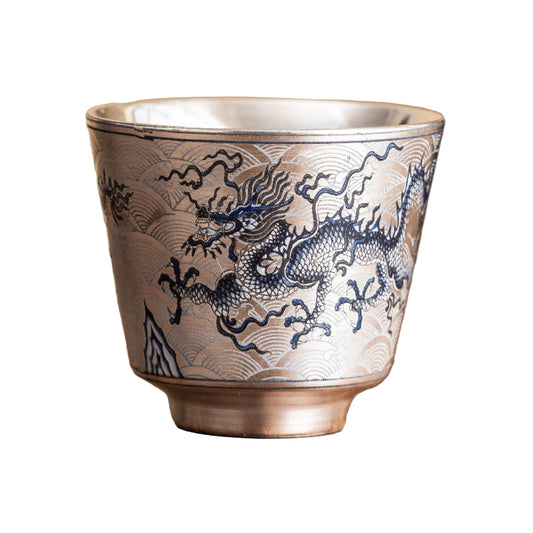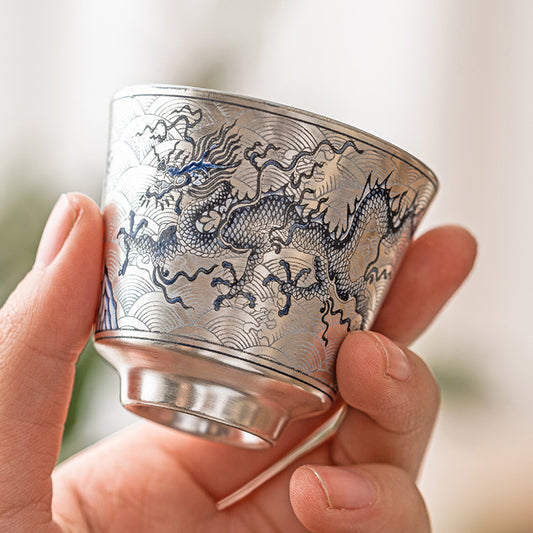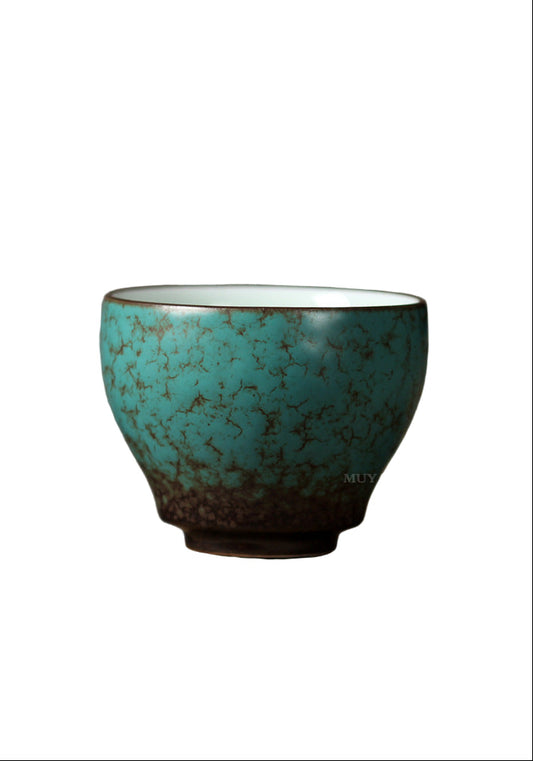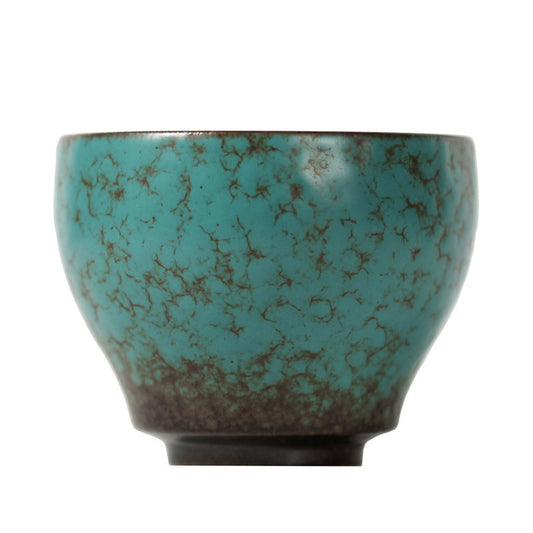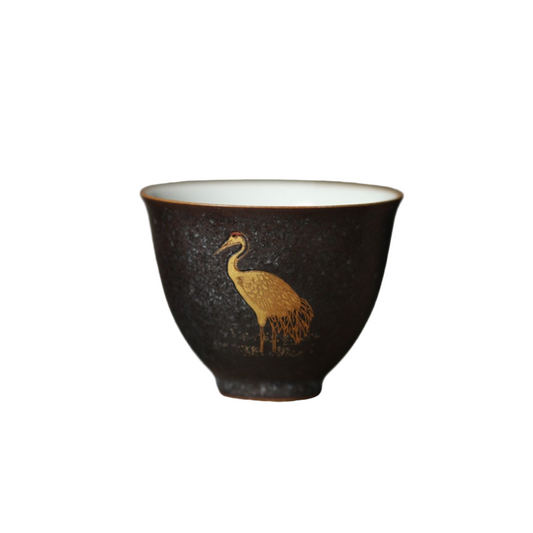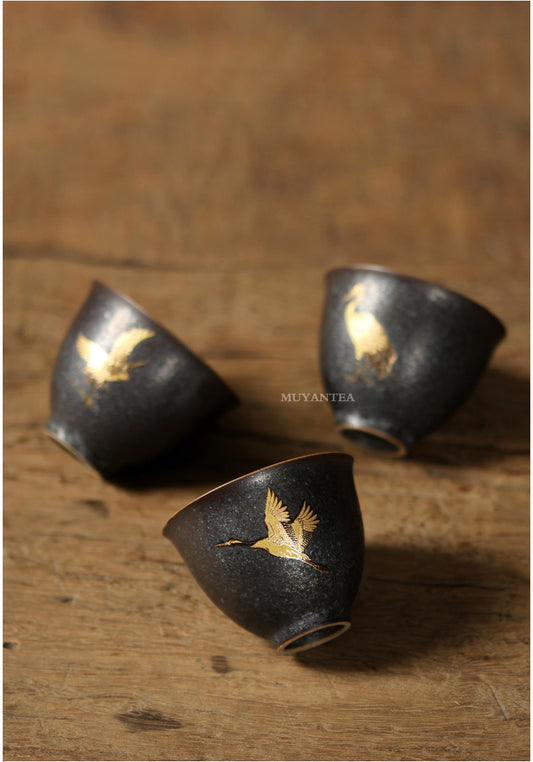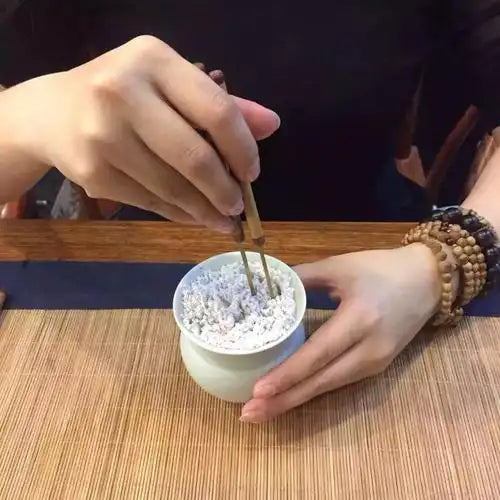
How often should I clean My Incense Burner?
Alright, fellow seekers of serenity and guardians of good scents, let’s talk about that silent, often-overlooked hero in your daily ritual: your ceramic incense burner. You know the one. It sits there, patiently catching ash, cradling your favorite incense stick, and quietly contributing to your moments of peace. But here’s the million-dollar question that probably crosses your mind for a fleeting second before you light another stick: How often should I actually clean this thing?
It’s a fair question, and one that doesn’t have a one-size-fits-all answer. Because, just like us, every incense burner has its own rhythm, its own tolerance for grime, and its own way of subtly (or not-so-subtly) telling you it’s time for a spa day. But fear not, for I, your humble guide to all things aromatic and aesthetically pleasing, am here to demystify the cleaning frequency conundrum. We’re going to dive into the nitty-gritty of ash, resin, and that mysterious sticky film, so your ceramic companion can always be at its sparkling best, ready to elevate your next moment of tranquility.
The Silent Language of Grime: When Your Burner Whispers (or Shouts) for a Cleanse
Your incense burner, bless its ceramic heart, can’t exactly send you a text message saying, “Hey, I’m feeling a bit gunked up in here!” But it does communicate. You just need to learn its subtle cues. Think of it as reading the tea leaves, but with ash and sticky residue instead.
The Daily Ritualist: A Quick Dust-Off is Your Best Friend
If you’re like me, and your incense burner is practically a permanent fixture in your daily routine – a morning meditation companion, an afternoon pick-me-up, an evening wind-down buddy – then a quick, superficial clean is your daily mantra. We’re talking about a gentle tap to dislodge loose ash, maybe a soft brush (an old, clean makeup brush is perfect for this) to sweep away the remnants. This isn’t about deep cleaning; it’s about preventing the small stuff from becoming big, crusty problems. Think of it as tidying up your bed before you make it – a small effort that makes a big difference in the long run. This prevents ash from hardening and resin from building up into a stubborn layer.
The Regular Enthusiast: Weekly or Bi-Weekly Spa Days
For those who burn incense a few times a week, or even daily but not excessively, your ceramic friend will appreciate a more thorough cleaning every week or two. This is where you bring out the warm water and mild dish soap. That sticky, tar-like residue that starts to form? That’s the incense oils and resins making themselves at home. A good soak (15-30 minutes in warm, soapy water) followed by a gentle scrub with a soft sponge or cloth will usually do the trick. This regular deep-ish clean prevents those stubborn stains from setting in and keeps your burner looking fresh and inviting. It’s like giving your car a wash and wax – keeps it running smoothly and looking sharp.
The Occasional Connoisseur: When the Spirit Moves You (and the Grime Shows)
Perhaps you’re more of an occasional incense burner, pulling out your beautiful ceramic piece for special occasions, moments of deep reflection, or when the mood (and the moon) is just right. In this case, a strict cleaning schedule might feel a bit… rigid. And that’s okay! Your burner understands. For the occasional user, the rule of thumb is simple: clean it when you notice significant ash buildup, or when that sticky, discolored film starts to become an unwelcome distraction. If you see it, clean it. It’s a reactive approach, but perfectly valid for less frequent use. Just don’t let it sit for months accumulating layers of forgotten aromas – that’s just rude to your future self.
Special Case: Backflow Burners – They’re a Bit Needy
If you’re a fan of those mesmerizing backflow incense burners, you’ll know they create a stunning visual effect with their cascading smoke. But with great beauty comes great responsibility (and a bit more cleaning). The unique design of backflow burners means the smoke travels through channels, leaving behind more concentrated resin and oil residue. For these beauties, cleaning every 2-3 uses is often recommended to prevent blockages and maintain that beautiful, smooth flow of smoke. Think of it as a high-maintenance friend who’s totally worth the effort for their dazzling personality.

The Golden Rule of Thumb: Listen to Your Burner (and Your Nose)
Ultimately, the best cleaning schedule is a blend of common sense, observation, and a little bit of intuition. If your burner looks dirty, smells off (beyond the pleasant lingering scent of incense), or if the ash is starting to pile up like a miniature mountain range, it’s time to clean. Simple as that. Regular cleaning not only keeps your burner looking good but also ensures a purer, more enjoyable incense experience. After all, who wants their fresh sandalwood scent tainted by the ghosts of burnt frankincense past?
A Quick Cleaning Checklist for Your Ceramic Companion
So, you’ve decided it’s spa day for your ceramic friend. Here’s a quick, no-fuss guide to getting it sparkling clean:
- Cool Down: Always, always, always ensure your burner is completely cool before touching it. Hot ceramic + cold water = a recipe for cracks. Patience, young padawan.
- Empty the Ashes: Gently tap out any loose ash into a waste bin. For stubborn bits, a soft brush or even a cotton swab can work wonders.
- Warm Water & Mild Soap: Fill a basin with warm water and a few drops of mild dish soap. Submerge your ceramic burner and let it soak for 15-30 minutes. This helps loosen any sticky residue.
- Gentle Scrub: Use a soft sponge or cloth to gently scrub away any remaining residue. For really tough spots, a plastic scraper (like an old credit card) can help, but be careful not to scratch the surface. Avoid abrasive scrubbers or harsh chemicals – your ceramic friend is delicate!
- Rinse Thoroughly: Rinse your burner under warm running water until all soap residue is gone.
- Dry Completely: Pat dry with a soft cloth and then let it air dry completely before its next use. Moisture can lead to mildew or affect the burning of your incense.
The Philosophy of Clean: More Than Just a Chore
Cleaning your incense burner isn’t just a chore; it’s an extension of the ritual itself. It’s a moment to show appreciation for the tool that brings you peace, a practice in mindfulness, and a way to prepare for future moments of tranquility. When your burner is clean, it’s ready to receive new intentions, new scents, and new energies. It’s a fresh canvas for your aromatic artistry.
So, go forth, brave incense enthusiast! Armed with this knowledge, you can ensure your ceramic incense burner remains a pristine portal to peace, always ready to whisk you away on a cloud of fragrant smoke. Happy burning, and even happier cleaning!
FAQs
Q: Can I put my ceramic incense burner in the dishwasher?
A: While some ceramic items are dishwasher safe, it\'s generally best to hand-wash your incense burner with warm water and mild soap. The high heat and harsh detergents in dishwashers can sometimes damage the glaze or intricate details, especially if it\'s a delicate or antique piece. Plus, it\'s a small act of care that connects you more deeply to your ritual.
Q: What if there\'s really stubborn, burnt-on residue?
A: For very stubborn residue, a paste made from baking soda and a little water can work wonders. Apply the paste, let it sit for a few hours (or even overnight), and then gently scrub with a soft brush or sponge. For extremely tough spots, a bit of rubbing alcohol on a cotton swab can help dissolve resin, but always test a small, inconspicuous area first to ensure it doesn\'t affect the finish.
Q: How do I clean the small holes or intricate designs?
A: Toothpicks, cotton swabs, or small, soft brushes (like an old toothbrush or a specialized cleaning brush) are your best friends for getting into those tricky nooks and crannies. Dip them in warm, soapy water or a baking soda paste for extra cleaning power.
Q: My burner has a metallic insert. How do I clean that?
A: If your ceramic burner has a removable metallic insert, you can often clean it separately. For brass or copper inserts, a mixture of lemon juice and salt can help restore their shine. For stainless steel, warm soapy water is usually sufficient. Always ensure metallic parts are completely dry before reassembling.
Q: Does cleaning frequency affect the scent of the incense?
A: Absolutely! A dirty burner with accumulated ash and resin can trap old scents and even alter the aroma of fresh incense. Regular cleaning ensures that you experience the true, pure fragrance of your incense, free from any lingering, stale odors. It\'s like clearing your palate before a fine meal – you get to truly appreciate the flavors.





